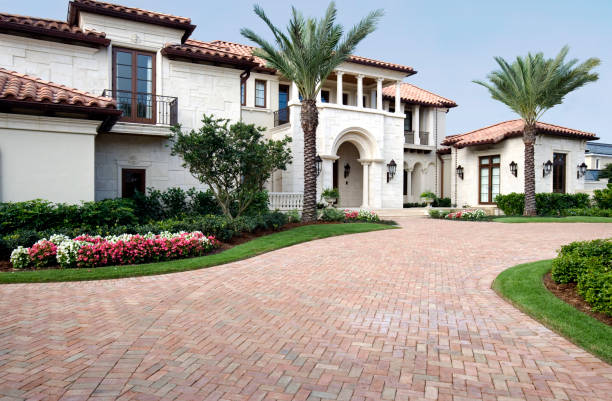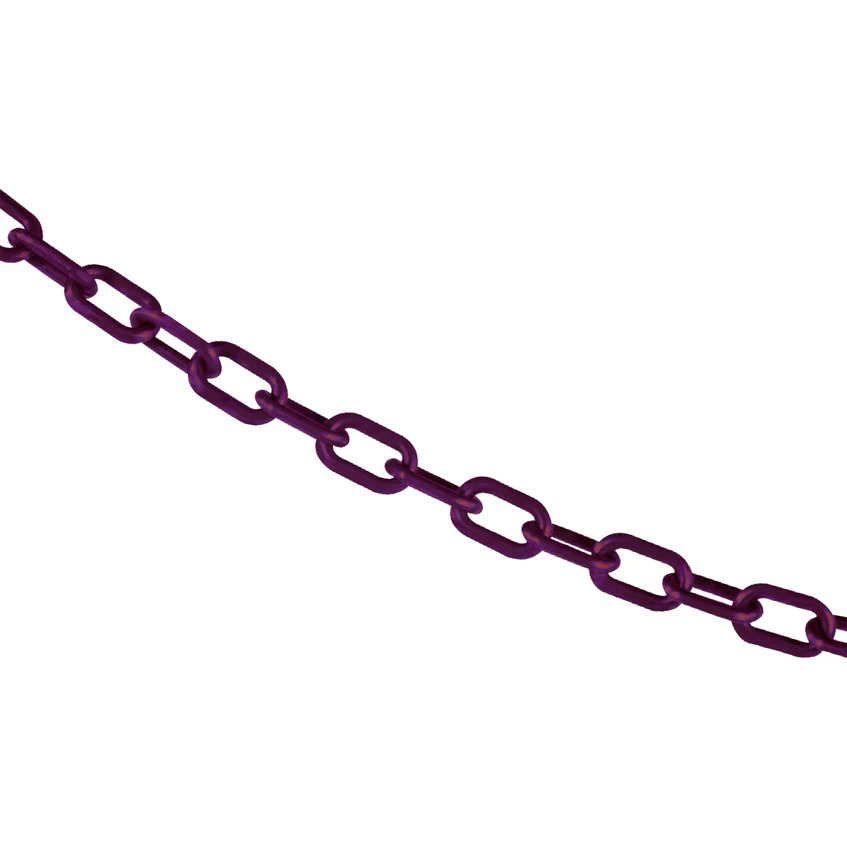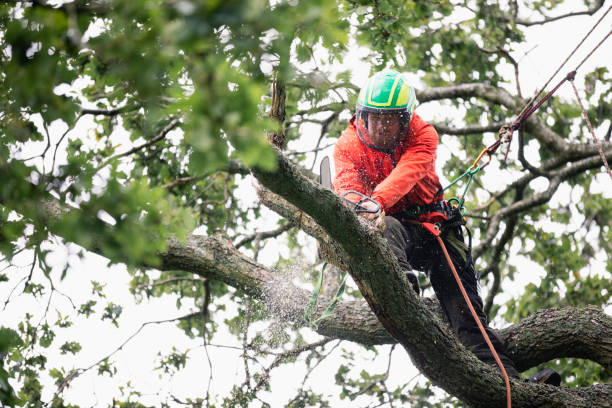When installing driveway travertine pavers, homeowners achieve not only functional durability but also an aesthetic upgrade that elevates curb appeal. A driveway is one of the first things visitors see, so choosing the right material matters. Travertine, a form of natural stone, offers a timeless look, weather resistance, and long-term performance in a way few paving materials can match.
Why Choose Travertine for Your Driveway?
1. Natural beauty and elegance
Travertine delivers a warm, natural palette of creams, beiges, golds, and earth tones, with delicate veining and variation across each tile. This variation is part of its appeal — no two slabs are identical, giving your driveway a unique, upscale character.
2. Durability under load
When properly installed, travertine pavers can withstand the weight of vehicles while resisting cracking and shifting. Their dense composition helps them hold up to repeated use, freeze-thaw cycles, and environmental stressors.
3. Slip and heat resistance
Travertine remains cool underfoot and provides good traction — beneficial in areas with direct sunlight or damp conditions. Unlike some polished materials, it doesn’t become overly slick when wet.
4. Low maintenance and longevity
With periodic cleaning and sealing, travertine pavers maintain their beauty and structural integrity for decades. The right sealing helps resist stains, moisture intrusion, and mold growth.
Design Considerations
To make the most of driveway travertine pavers, consider these design tips:
- Paver thickness and grade: For driveways, use heavy-duty pavers (commonly 1¼ to 1½ inches thick or more) rated for vehicular loads.
- Pattern and layout: Herringbone, basket weave, and running bond are popular options. Some homeowners mix formats or incorporate borders to frame the space.
- Joint width: Narrow joints (⅛ to ¼ inch) create a cleaner look, while wider joints allow for more sand or polymeric material to stabilize the installation.
- Base and compaction: A properly compacted aggregate base and screeded bedding layer are essential to prevent shifting or settling over time.
- Edge restraints: Durable restraints along the edges prevent spreading or edge damage during freeze-thaw cycles or traffic stress.
- Sealing strategy: Apply a penetrating sealer that enhances color and resists oil, dirt, and vehicular fluids. Reapply periodically (every few years) as needed.
Installation Best Practices
- Site prep: Excavate to accommodate base, bedding, and paver thickness. Ensure a consistent slope for drainage.
- Base layer: Use well-graded crushed stone or aggregate and compact in lifts. This creates a stable foundation.
- Bedding material: Spread sharp sand or a compatible sand/aggregate mix. Screed to uniform level.
- Paver installation: Lay travertine pavers carefully, maintaining joint spacing and level transitions. Tap with a rubber mallet to seat each piece.
- Joint filling and compaction: Sweep in jointing sand or polymeric mix and vibrate or compact the surface to settle material.
- Sealing and curing: Clean the surface, remove residue, and apply sealer per manufacturer instructions once pavers are dry and stabilized.
Advantages Over Conventional Driveway Options
- Concrete may crack over time, discolor, or require patching.
- Asphalt tends to need frequent sealing and restriping.
- Stamped concrete or overlay systems can fade and chip.
- In contrast, travertine offers a naturally beautiful, durable solution that ages gracefully and is easier to repair (replace individual pavers rather than large sections).
Maintenance Tips to Prolong Beauty
- Sweep regularly and rinse off debris.
- Avoid harsh acids or strong chemical cleaners; use pH-neutral stone cleaners instead.
- Reapply sealer when water no longer beads on the surface.
- Address stains promptly to minimize penetration.
- Check joint material annually and top up if needed.
Cost Factors and Value
While travertine pavers may carry higher upfront costs than basic concrete or asphalt paving, the long-term value is compelling. Benefits include:
- Longevity and reduced need for full resurfacing
- Greater curb appeal and potentially higher property value
- Easier localized repairs
- Minimal long-term maintenance if properly sealed
When evaluating cost, factor in quality of materials, local labor rates, slope or drainage complexity, and edge treatments or inlays.
Conclusion
For homeowners seeking a balance of luxury, durability, and long-term appeal for their driveway, driveway travertine pavers offer an outstanding solution. From rich natural tones to structural integrity, travertine stands out among paving materials. If you’re ready to upgrade your driveway in Palm Beach County, trust our experienced team at PUP Pavers and Turf to guide you through design, installation, and maintenance — delivering results that last a lifetime.



